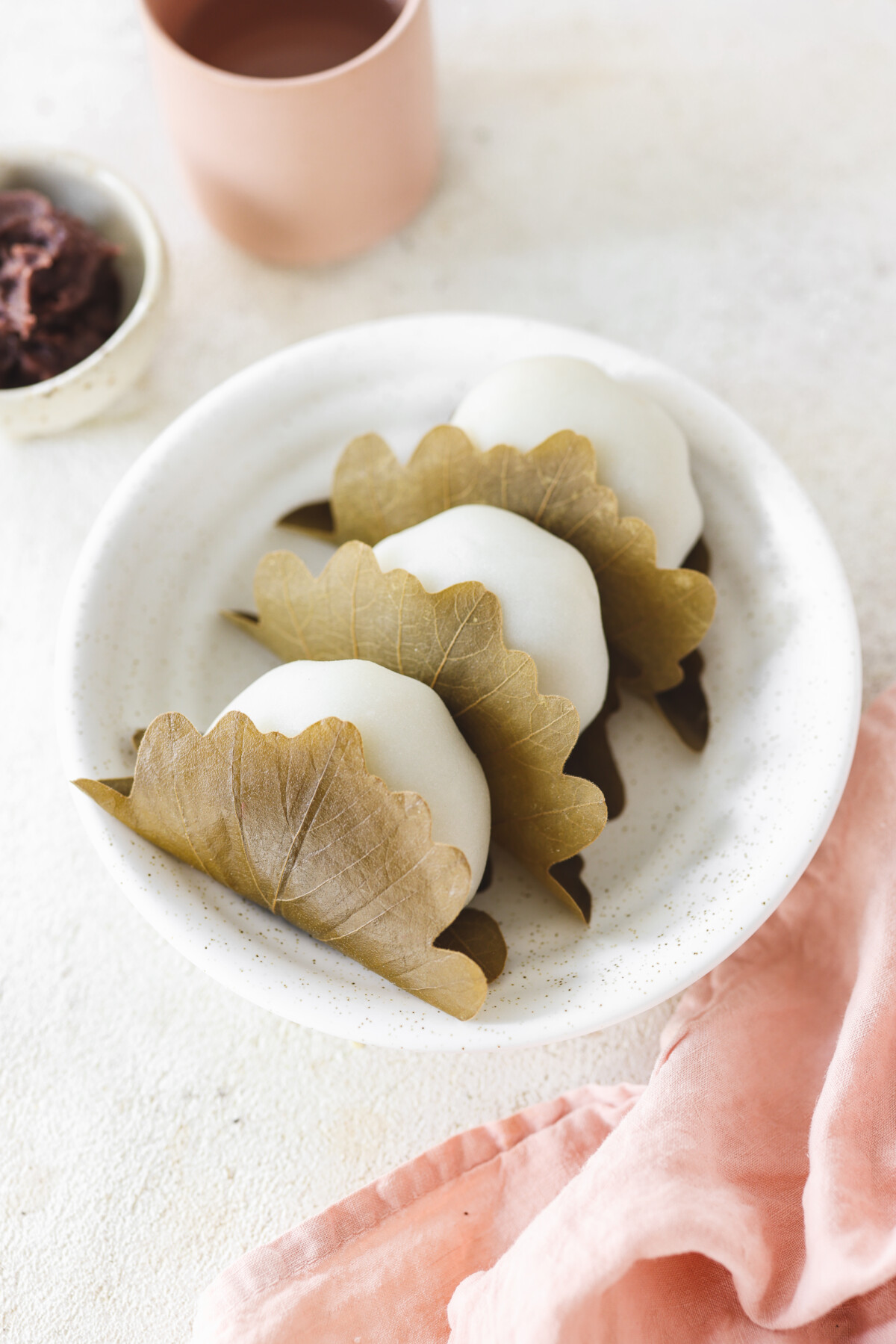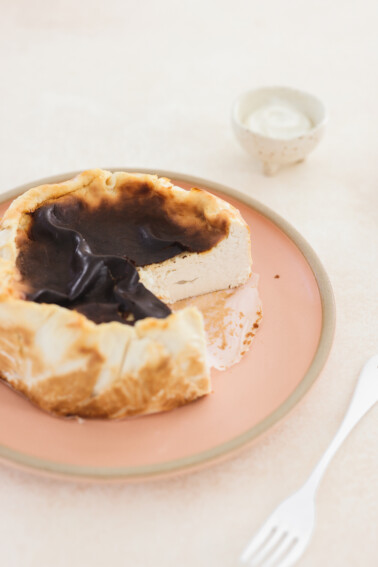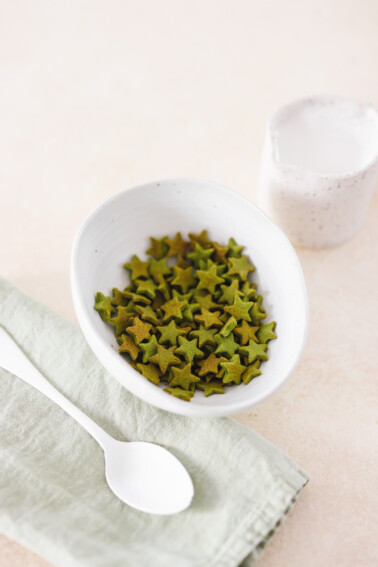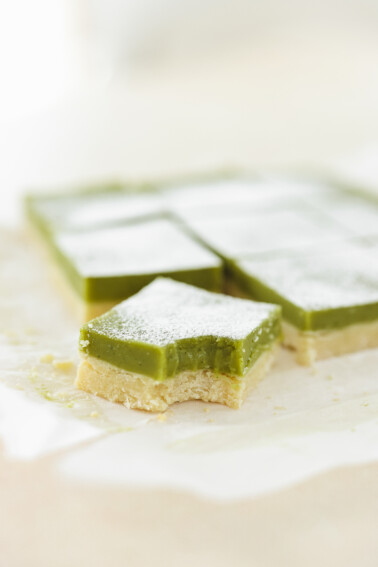This page may contain affiliate links, which means I will make a small commission for products purchased through my link.
Learn to make a delicious Kashiwa Mochi recipe (Japanese sweet Rice Cakes with Oak Leaf) to celebrate Children’s Day or just to treat yourself to a delicious Asian dessert. Made with simple ingredients, this sweet rice cake dessert features a chewy rice cake stuffed with sweet bean paste.

What is Kashiwa Mochi?
Kashiwa mochi is a traditional Japanese sweets associated with the celebration of Japanese Children’s Day, also known as Kodomo no Hi, a national holiday that takes place every year on May 5th. These sweet treats are named after the Kashiwa tree (Japanese oak), as its leaves are believed to bring good fortune and protect children from evil spirits.
Kashiwa mochi consists of a tender Japanese rice cake (mochi) filled with sweet red bean filling (anko) and wrapped in a Kashiwa leaf (Oak leaf). The oak leaf is not meant to be eaten but actually symbolizes prosperity in your family. This is an important Japanese symbol, as mighty oak trees don’t shed their old leaves until they grow new leaves.
During Children’s Day, families traditionally display koinobori (carp-shaped streamers) outside their homes to represent the wish for children to grow up strong and in good health. Kashiwa mochi is one of the special treats enjoyed during this festival, as a symbol of the prosperity and well-being of the younger generation.
Why You’ll Love This Recipe
Making mochi at home is super fun and satisfying. And these Kashiwa Mochi are an especially important variety. They’re filled with sweet red bean paste, or Anko, and wrapped in an oak leaf.
With just a few simple ingredients found at the Asian market, you might be surprised how easy it is to make your own red bean mochi at home!
How to Make Kashiwa Mochi with Oak Leaves
The dough for the mochi itself is a simple combination of 6 ingredients. After you shape and fill your sweet rice cake/mochi, wrap each one in an oak leaf. The traditional way is to show the veins on the outside of the mochi. This indicates that you’re serving red bean paste inside the desserts rather than a different filling.
- Joshinko rice flour: fine, powdery, glutinous rice flour perfect for making mochi.
- Filtered water: this ensures you get the purest flavor in your desserts.
- Sugar: for sweetness
- Starch: either potato or cornstarch to keep the mixture light and fluffy, not too dense.
- Kashiwa: or oak leaves
- Anko: The filling is a simple homemade red bean paste, or anko, which you can make in an Instant Pot or on the stove.

Step-by-Step Instructions
- Prepare your oak leaf by rinsing and patting it dry with a paper towel or kitchen linen.
- Next, make your mochi dough by whisking joshinko, sugar, and starch. Add your filtered water and, using a spatula, mix it to create a smooth batter.
- Cover the bowl with plastic wrap and microwave for 30 seconds. Remove from microwave and stir. Repeat 2 more times until a dough forms.
- Sprinkle joshinko onto a cutting board or working surface and gently knead the dough. You can also pound it until it becomes smooth and shiny and easier to work with.
- Divide dough into 4 parts and roll into large circles. Take 1-2 tbsp of red bean paste, add it to the center of the circle, and then seal the edges tightly. Shape into more of a perfect circle once tightly sealed.
- Wrap with an oak leaf, vein side out, and enjoy! They are best enjoyed on the same day.
Recipe FAQs
It has a chewy texture from the mochi rice cake and a sweet, earthy taste from the red bean paste.
The old kashiwa leaves are not edible. They are just symbolic and add a nice fragrance to the dish but are not eaten.
More Japanese Desserts to Make
Love mochi? Give these other sweet Asian treats a try next:
- Mitarashi Dango
- Zenzai (Sweet Red Bean Soup with Mochi) | Vegan Japanese Desserts
- Blender Matcha Kakigori Japanese Shaved Ice
If you make this recipe, be sure to let me know what you think with a comment below! Follow me on Instagram for more delicious recipes!
Kashiwa Mochi (Japanese Rice Cake with Oak Leaf)

Ingredients
- 4 kashiwa leaves oak leaves
- 1/2 cup filtered water
- anko red bean paste
- 100 grams joshinko japanese rice flour
- 1 tbsp organic cane sugar
- 1 tbsp potato or arrowroot starch
Instructions
- Prepare your oak leaf by rinsing and patting dry with a paper towel or kitchen linen.
- Next make your mochi dough by whisking joshinko, sugar and starch. Add your filtered water and using a spatula, mix to create a smooth batter.
- Cover the bowl with plastic wrap and microwave for 30 seconds. Remove from microwave and stir. Repeat 2 more times until a dough forms.
- Sprinkle joshinko onto a cutting board or working surface and gently knead the dough. You can also pound it until it becomes smooth and shiny, and easier to work with.
- Divide dough into 4 parts and roll into large circles. Take 1-2 tbsp of red bean paste and add it to the center of the circle then seal the edges tightly. Shape into more of a perfect circle once tightly sealed.
- Wrap with an oak leaf, vein side out and enjoy! They are best enjoyed the same day.
Video
@veggiekins Happy Children’s Day 😌🇯🇵✨🌸 #vegan #veganrecipes #gfdf #mochi #japanesefood #tiktokrecipes #foodontiktok #japanese #simplerecipe #beantok
♬ Dreamy Vibes – Ocean Bay Jazz
Nutrition information is automatically calculated, so should only be used as an approximation.



